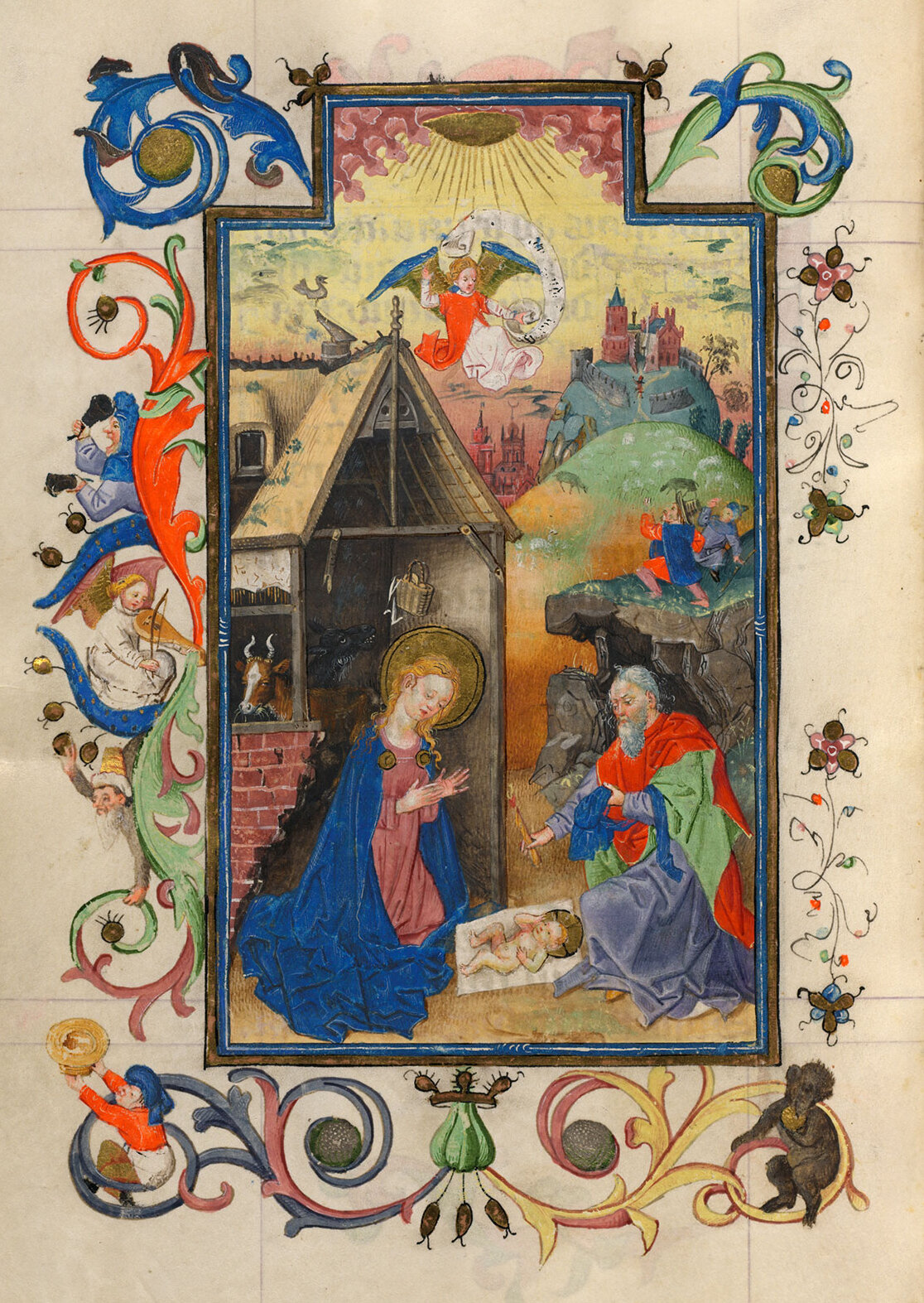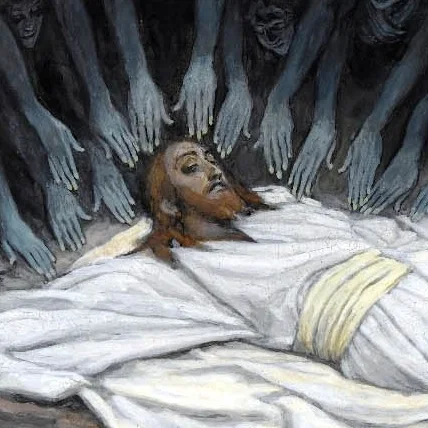Holy Week in Art: the Burial of Jesus

On the sixth day of Holy Week, Jesus was buried.

The Burial of Jesus
Later, Joseph of Arimathea asked Pilate for the body of Jesus. Now Joseph was a disciple of Jesus, but secretly because he feared the Jewish leaders. With Pilate’s permission, he came and took the body away. He was accompanied by Nicodemus, the man who earlier had visited Jesus at night. Nicodemus brought a mixture of myrrh and aloes, about seventy-five pounds. Taking Jesus’ body, the two of them wrapped it, with the spices, in strips of linen. This was in accordance with Jewish burial customs. At the place where Jesus was crucified, there was a garden, and in the garden a new tomb, in which no one had ever been laid. Because it was the Jewish day of Preparation and since the tomb was nearby, they laid Jesus there.
John 19:38-42

Jesus’ Burial
Now there was a man named Joseph, a member of the Council, a good and upright man, who had not consented to their decision and action. He came from the Judean town of Arimathea, and he himself was waiting for the kingdom of God. Going to Pilate, he asked for Jesus’ body. Then he took it down, wrapped it in linen cloth and placed it in a tomb cut in the rock, one in which no one had yet been laid. It was Preparation Day, and the Sabbath was about to begin.
The women who had come with Jesus from Galilee followed Joseph and saw the tomb and how his body was laid in it. Then they went home and prepared spices and perfumes. But they rested on the Sabbath in obedience to the commandment.
Luke 23:50-56

The Burial of Jesus
It was Preparation Day (that is, the day before the Sabbath). So as evening approached, Joseph of Arimathea, a prominent member of the Council, who was himself waiting for the kingdom of God, went boldly to Pilate and asked for Jesus’ body. Pilate was surprised to hear that he was already dead. Summoning the centurion, he asked him if Jesus had already died. When he learned from the centurion that it was so, he gave the body to Joseph. So Joseph bought some linen cloth, took down the body, wrapped it in the linen, and placed it in a tomb cut out of rock. Then he rolled a stone against the entrance of the tomb. Mary Magdalene and Mary the mother of Joseph saw where he was laid.
Mark 15:42-47
Artwork on this page, from the top:
Caravaggio (Italian, 1571-1610 ). The Entombment of Christ, 1602-1603. Oil on canvas. Pinacoteca Vaticana, Vatican City, Italy.
Rembrandt (Dutch, 1606-1669). The Entombment of Christ, 1635. Oil on oak panel. Huntarian Art Gallery, University of Glasgow, Scotland.
Mihály Munkácsy (Russian, 1844-1900). Krisztus a sziklasirban, 1881.
Carl Heinrich Bloch (Danish, 1834 -1890). Burial of Christ, c. 1873. Frederiksborg Museum of National History, Denmark.
BLOG ARCHIVE
It is remarkable and surprising that women play such a prominent role in the gospels as the first witnesses to the resurrection of Jesus.
The Gospels give accurate details about Jesus’ travels and distances to the places he visited.
On Easter morning, John and Peter, after hearing Mary Magdalene’s report that Jesus’ body was missing, raced to the tomb.
A bold move from one of the members of the Sanhedrin.
Holy Week in Art: the Resurrected Jesus Appears to Mary Magdalene.
On the fifth day of Holy Week, Jesus is arrested after Judas betrays him with a kiss.
On the fifth day of Holy Week, Judas and his disciples celebrate the passover meal.
On the third day of Holy Week, Judas Iscariot negotiates with the Sanhedrin to hand Jesus over.
On the third day of Holy Week, the religious leaders confront Jesus in order to entrap him.
On the second day of Holy Week, Jesus cleanses the temple.
On Palm Sunday, Jesus enters Jerusalem on a donkey and is greeted by great crowds.
Illuminated books are beautifully decorated texts.
Mosaic, a beautiful and long-lasting art form.
A new collection of miniature portraits of Jesus that fit in any small space.
Creatinine and ferritin iron nanoparticles found on the Shroud of Turin.
A beautiful and otherworldly depiction of an exhausted Jesus surrounded by angels.
A lovely locket pendant with miniature Jesus portrait based on the Shroud of Turin.
The Shroud of Turin would be of limited interest as an ancient artifact were it not for the fact that the gospel of Mark mentions that Joseph of Arimathea wrapped Jesus' body in a linen cloth for burial.
Our movie Jesus Alive Again has been accepted to compete at GLSF.
Two newly discovered molecules shine light into the aroma of the ancient resin.




























